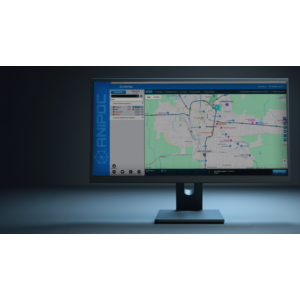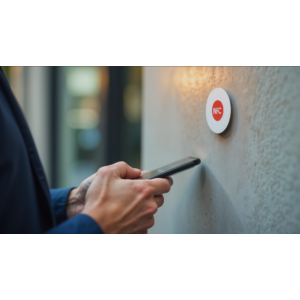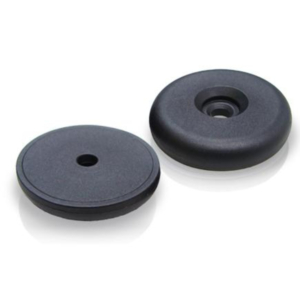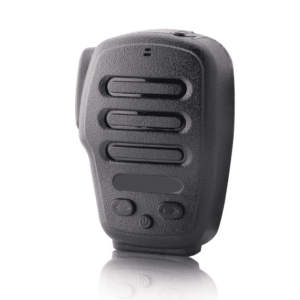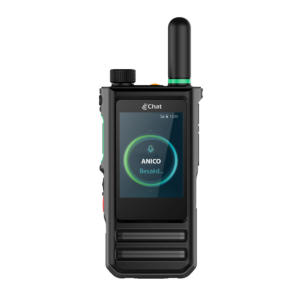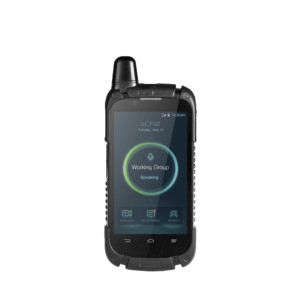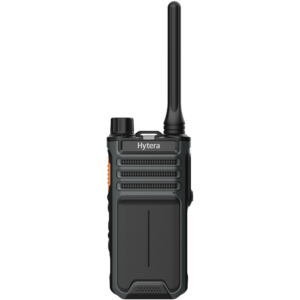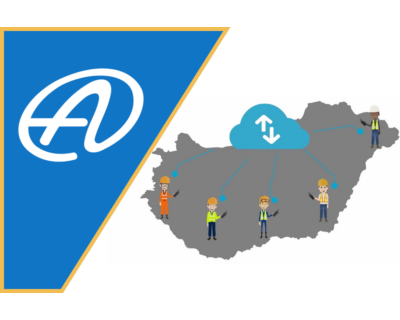Dobos Security is a personal security company whose responsibilities include guarding premises and providing security for events. Theay have almost 10 years of experience and hundreds of assignments behind them. We asked Róbert Dobos, the company's director, how satisfied he is with the ANIPOC system, how this POC system compares to the eChat system they have been using. The questions were asked by Róbert Ferenczi, the technical sales manager of our company.

Please say a few words about your work!
Dobos Security AC Protect Ltd. is a company based in Szombathely, Hungary, whose main activity is the provision of personal security services. The company performs live guard security tasks, providing security for various locations and events. Our company aims to contribute to the security of our partners with reliable and professional services.
We have provided security services at numerous locations and events, such as the Savaria Historical Carnival, the Kőszeg Siege Days, wine festivals on the shores of Lake Balaton, dog shows, ice hockey matches in several cities in Austria, darts weekends in Graz, Salzburg and Budapest, motorcycle conventions and other festivals.
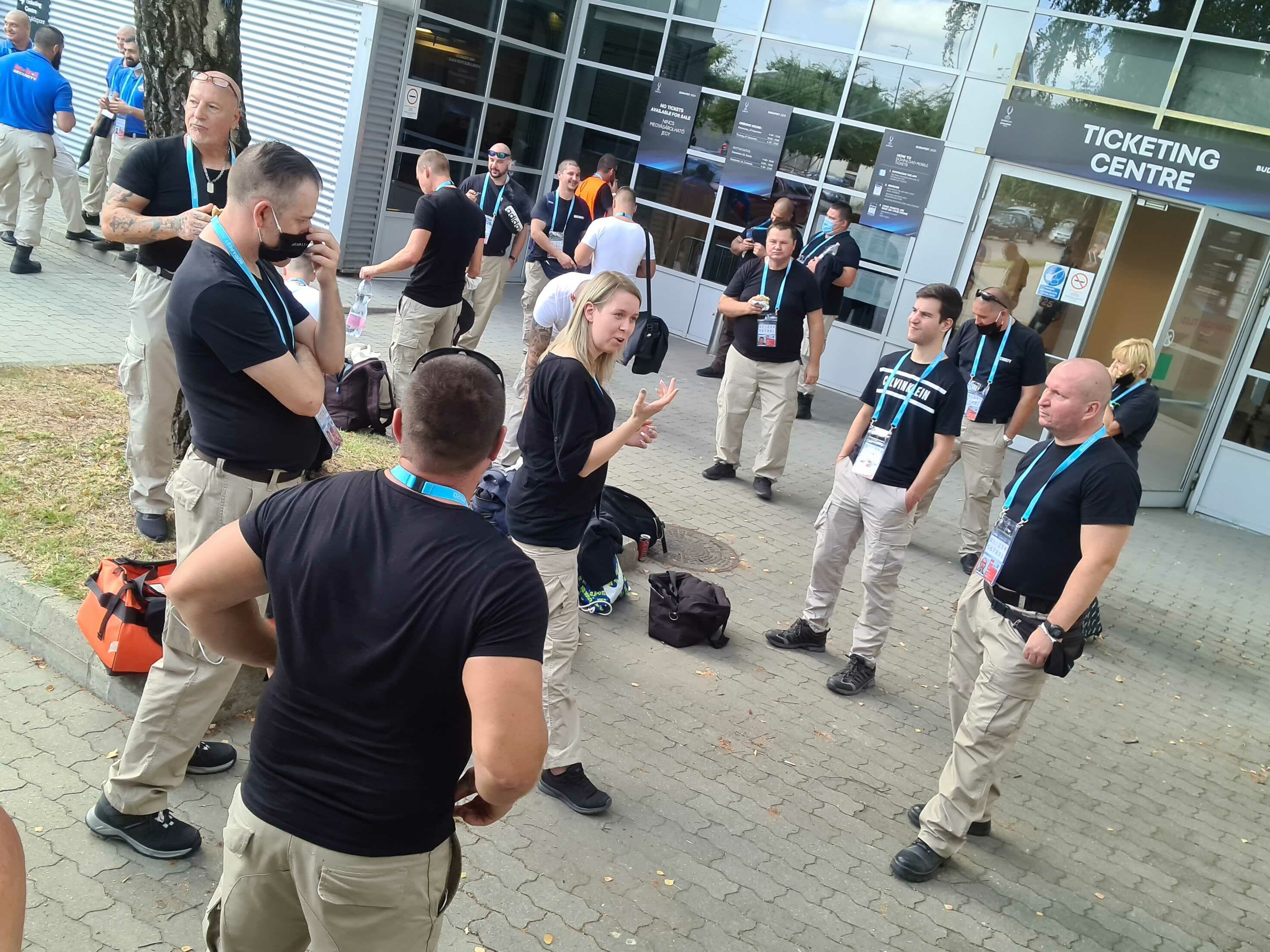
How did the demand for PoC technology arise? Under what circumstances did you need such a communication solution?
We carry out patrol checks in several work areas, where reliable and rapid communication is of paramount importance. As we have been using the eChat PoC system on a daily basis for several years, we know from experience that its stability and versatility greatly supports our work. It was therefore clear to us that we would also start with this technology when looking for new features.
The ANIPOC system, as opposed to eChat, allows us to keep in touch in real time, monitor patrol activity and quickly coordinate the necessary interventions, whether it is a closed site or a large-scale event. Our aim is to use state-of-the-art equipment to increase the efficiency of our services and guarantee our partners the highest possible level of security.
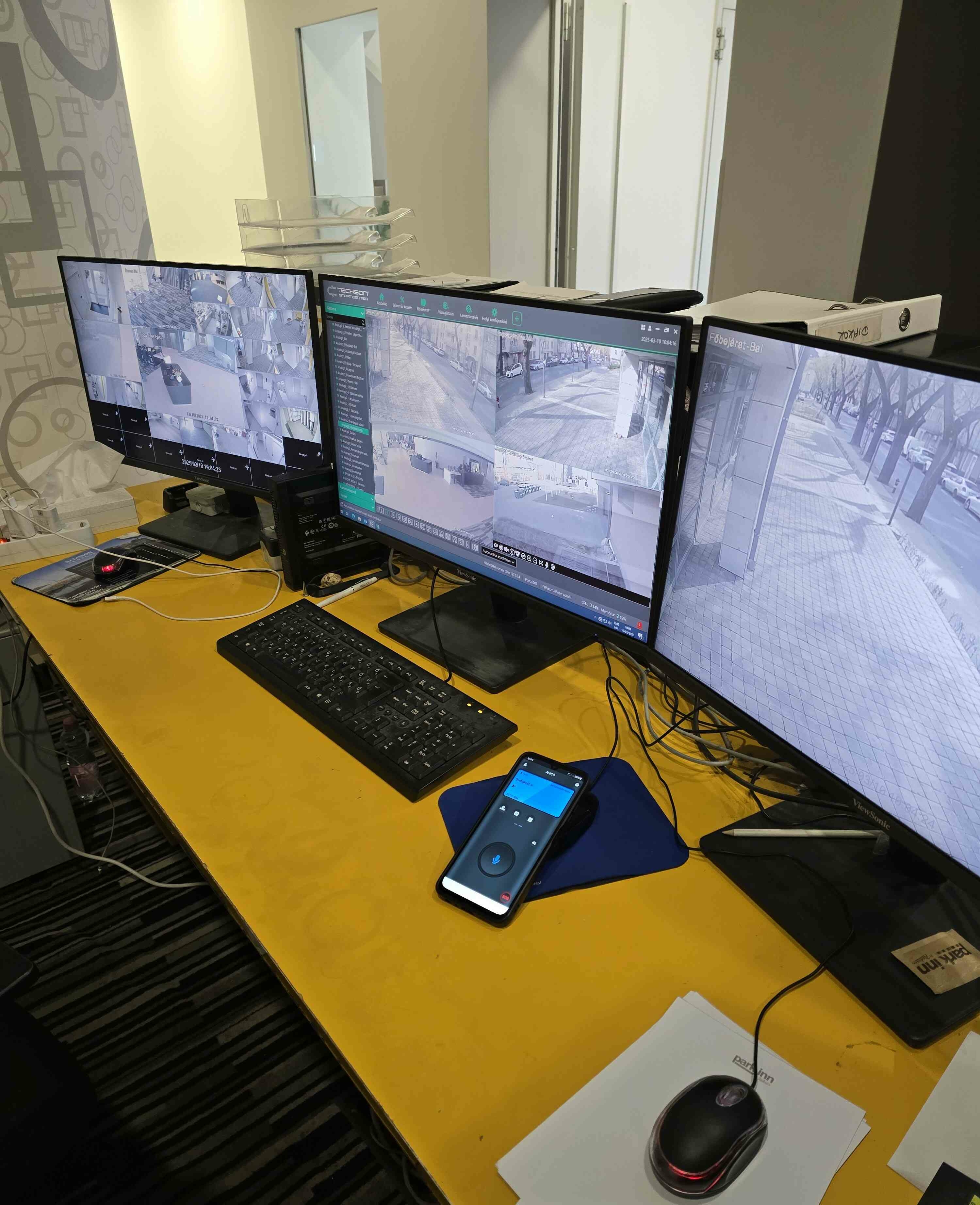
How was the technology selection process?
We contacted Robert Ferenczi from Anico Ltd. who introduced us to this newly developed system. For the time being, we were only looking for a smartphone application solution, as Android devices were already available in the work area. The main criteria were fully automated operation and cost efficiency.
What communication technology had you used before?
We have been using eChat PoC internet-based transceivers for years with great satisfaction, as their reliability, excellent voice quality and nationwide coverage provide us with an effective communication solution in our daily work. However, our patrol monitoring activities are becoming increasingly complex and there is a need for an integrated, state-of-the-art solution that includes NFC-based patrol point monitoring.

While the eChat system has many advantages, it does not offer built-in NFC patrol verification functionality, which for us is essential in some cases for efficient and transparent surveillance of our areas. This is why we decided to switch to the ANIPOC system, which combines the benefits of internet-based communication with intelligent patrol monitoring functionality. ANIPOC enables us to track patrol movements in real time, accurately record control points and digitally manage all documentation, thus significantly increasing the quality and reliability of our services.
Were users involved in testing the technology before deployment? If so, what was the experience?
After a short consultation, Anico Ltd. provided us with a two-week trial period during which we had the opportunity to test a complete hotel patrol point system. As we were new to this type of solution, we had to study the functionality and possibilities of the administration interface in detail at the beginning. Nevertheless, thanks to the logical structure of the system, its user-friendly interface and the repeated and rapid technical support, we were able to set up more than 20 patrol points, their routes and tasks in just one weekend.
During the testing, the system worked reliably and stably, with only a few minor fine-tuning issues that were quickly resolved. Overall, the performance of the demo system has confirmed that the ANIPOC solution will continue to provide effective and state-of-the-art support for the professional conduct of patrol activities in the long term.
Why did you choose ANIPOC over other POC systems?
The new system could be tested immediately, so we could quickly verify its functionality and stability during real conditions. Compared to other patrol monitoring systems we had previously tested, it proved to be outstanding not only in terms of functionality but also in terms of value for money - and the lower price made it particularly attractive to us for long-term use.
A particular plus is that we can seamlessly migrate our long-standing eChat transceivers to this platform, which not only optimises costs, but also allows for easier integration during future upgrades. This compatibility allows us to continue to use our existing fleet of devices efficiently while benefiting from the advanced features of the new system. All of this makes the ANIPOC platform not only a compelling technology choice, but also a good economic fit with our security strategy.
Please specify the components of your new transceiver system:
We are working with two separate ANIPOC fleets.
- We are using Android smartphones to secure a hotel in Budapest, on which we have installed ANIPOC applications paired with a patrol license.
- For two hotels in Sárvár, we use Samsung smartphones running ANIPOC application, paired with a patrol license. Dellking Bluetooth wireless microphones were purchased from Anico Ltd. for the devices.
How does the use of ANIPOC affect the work?
With the introduction of the app solution, we were able to easily integrate multiple, independent work areas into the patrol control system. As the app also works on smartphones, there was no need to buy separate transceivers for each location, which resulted in significant cost savings.
By using NFC tags, we were able to expand the number of patrol points at our customers' sites quickly and easily - even on an as-needed basis - making the implementation more flexible and efficient. As a result, the pace of work and daily task completion has also accelerated significantly, especially for larger or fragmented installations.

The fully online documentation and real-time voice communication available through the PoC app was an added benefit on sites where multiple colleagues were working on the system at the same time - allowing us to coordinate the team's work with up-to-date, immediate feedback.
What has been your experience of using the system so far?
We have been using the ANIPOC patrol monitoring system on a daily basis for almost 8 months, and during this time we have been convinced that we have chosen a stable, reliable and easy-to-use solution. The user-friendly design of the application allows new users to quickly learn how to use it, while the clear menu system and easy-to-understand error messages make troubleshooting much easier.
In one particular case, for example, despite being connected to the hotel wifi network, there was no data traffic on one of the patrol's mobile devices. The ANIPOC application immediately responded with a specific error code indicating that there was no active data connection, so the problem was not with the device but with the network. This allowed us to target the fault to the IT department, which was quickly rectified. This demonstrates that ANIPOC not only supports us in monitoring patrol activities, but also provides useful assistance in identifying background processes such as network problems, thus increasing work efficiency and system reliability.
Why is patrolling important?
The purpose of the patrol is to protect the guarded area and the property within it. This is a basic form of asset protection. The patrols, either alone or in teams, follow a predefined route and are responsible for preventing, detecting or interrupting illegal activities and, if necessary, taking action against offenders.
Accurate routing and documentation of the route is key and requires a monitoring system. This ensures that the patrol has carried out the tasks assigned to it.
NFC tags placed at the locations specified by the patroller should be visited by the patrol at the given times, and their presence verified by an NFC-enabled mobile phone or POC transceiver. The application automatically records that the patrol has reached the location.

It is important to underline that the patrol is not only responsible for reading the NFC tag, but also for scanning the environment. Such an area could be a car park, a fence, a fire hydrant or a fire extinguishing system - it is necessary to check that these have not been blocked. In the event of an emergency, for example, leaving escape exits clear is also key.
The time and sequence of points along the route is predetermined, but the control system gives you the flexibility to change them. Electronic documentation also makes monthly checks and work scheduling easier, faster and more transparent.
What are your plans for the future in using the ANIPOC system?
We would like to expand our fleet of PoC transceivers as soon as possible with a device that acts as a repeater and allows seamless communication between our DMR and PoC transceivers within the same workspace.
This would be particularly useful for jobs where both technologies are present at the same time, as it would allow us to work on a common communication channel. We also want to migrate our old eChat transceivers to this system in their entirety in the near future to create a unified and well-managed communication network. This would not only increase efficiency but also simplify technical operations in the long term.








